The Secrets of Pearl Price: Why Are Pearls So Expensive?

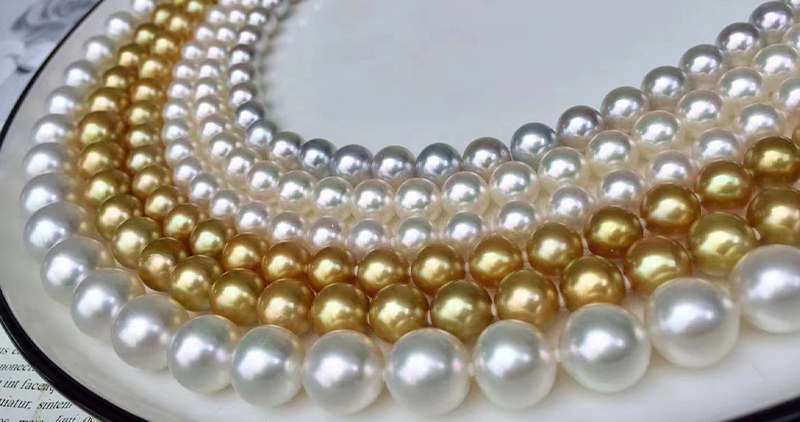
Known as the "Queen of Gems," pearls possess a captivating beauty that appears both ethereal and enchanting. These qualities explain, in part, why they can command such high prices. But what exactly lies behind these gleaming ocean jewels' mystique, elegance—and cost?
This article aims to demystify the expense of pearls. It examines their rarity, quality factors, and farming intricacies. Moreover, it analyzes strong market demand to see what sets them apart within the world of gemstones.
We'll draw on expert insights from across the industry. Besides, we'll conduct our research to present why pearls represent a form of luxury – each one being something special.

Whether you're interested in jewelry or simply curious about nature's iridescent wonders, join us for a deep dive into pearls!
Rarity and Natural Formation
Pearls have an enchanting luster and are prized because of their rarity and how they are formed. Let's learn more about these fascinating gems, including natural pearls and those that are cultured.
Natural Pearls: Gifts from Nature
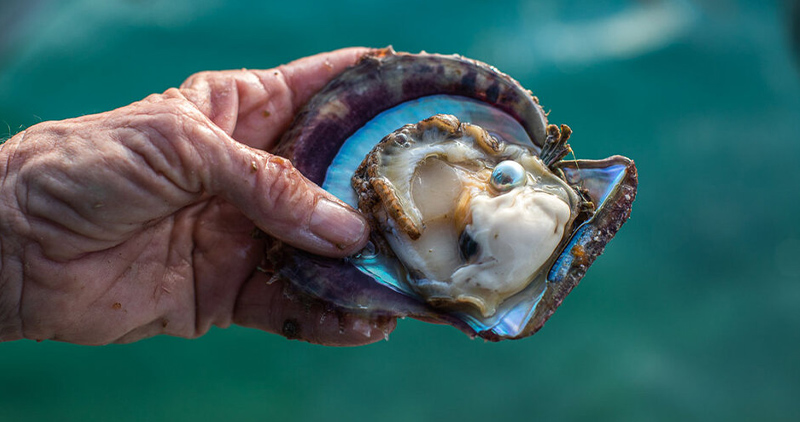
Natural pearls are created in a fascinating way. When certain small organisms or grains of sand get inside oysters, the mollusks respond by covering them with nacre. It is a shiny substance that builds up over time and produces pearls.
This process doesn't happen often. Just one in many thousands of oysters will produce a pearl on its own. Because they grow this way, natural pearls come in an endless variety of shapes, sizes, and colors—each one being totally unique.
Their uncommonness is part of what makes them so special—and valuable. It's like finding buried treasure. This is why they can be worth a lot of money when they do appear among gemstones for sale!
Cultured Pearls: Precision and Patience
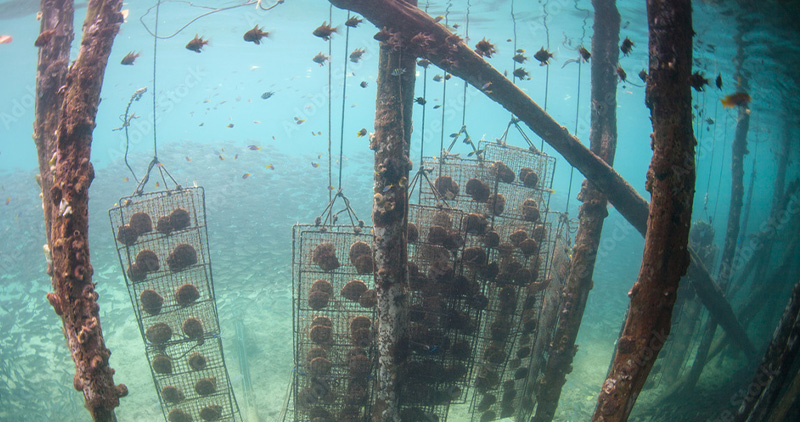
While cultured pearls share a similar formation process, they are not created by chance alone. Human intervention is necessary.
Pearl farmers insert a nucleus into an oyster to stimulate nacre secretion. This controlled environment attempts to mimic nature's way of doing things. However, it has more predictable results in terms of pearl production rates and yields.
Nevertheless, cultured pearls still require careful attention and time to grow properly. Factors such as water temperature and pollution levels can affect them, as can the overall health of the oyster community being grown.
Cultured pearls are more available than natural ones. But they are still seen as luxurious. The reason is that people put so much effort and detail into creating them.
Price Range and Quality Factors
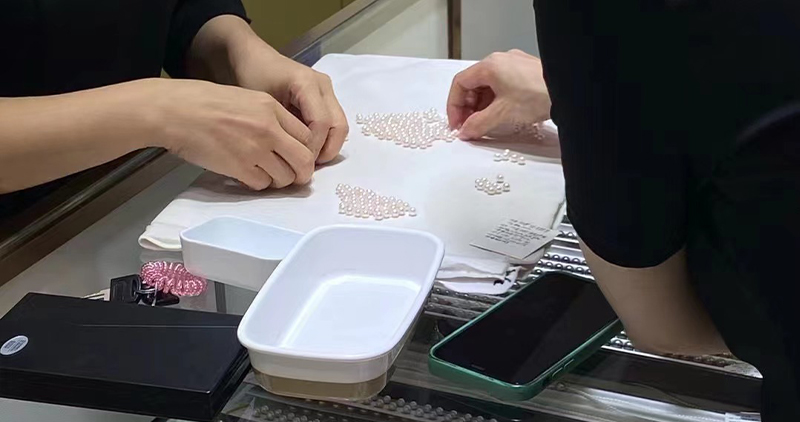
Pearls come in a vast range. They vary from surprisingly cheap to eye-wateringly expensive. But what makes one pearl worth $30 a strand while another fetches $30,000 for a single necklace?
Several factors come into play when determining the value of pearl jewelry. Here, we break down what makes each pearl special—and pricey.
Type
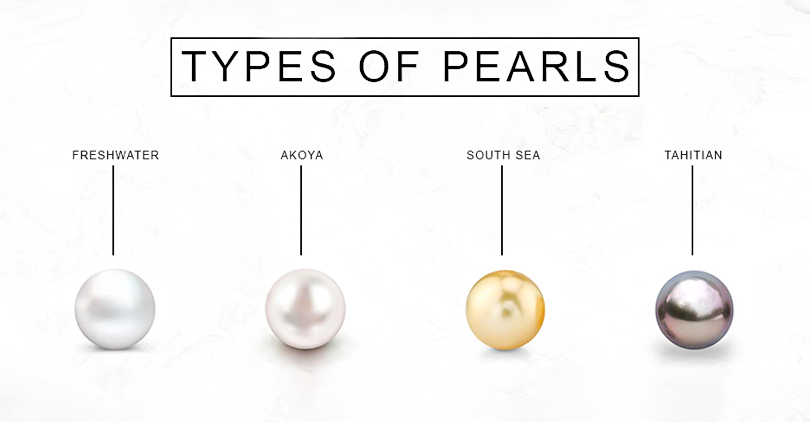
Pearls come in different types, each from different oysters and areas. It can affect their cost. Freshwater pearls are mainly farmed in rivers and lakes in China and tend to be the cheapest type.
Saltwater pearls, such as Tahitian, South Sea (either white or gold), and Akoya pearls, are usually more expensive. They have a beautiful shine that people like. And they are harder to grow than freshwater pearls.
Luster
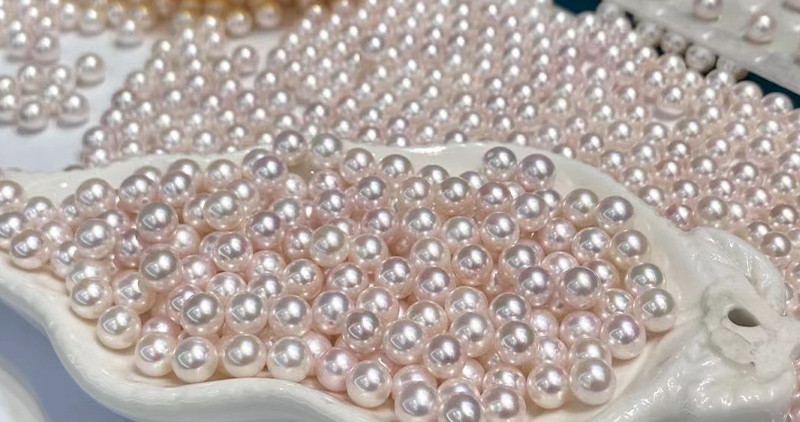
When it comes to determining how beautiful or valuable a pearl is, one characteristic to consider is its luster. This refers to how well the gem reflects light.
Fine pearls have a wonderful shine that's almost like looking into a mirror. When light hits them, it sparkles and shimmers enchantingly. Pearls like this are worth more money than those without such luster.
Surface Quality

A pearl's surface is very important when determining its quality. Pearls that are rated higher have surfaces that are smooth and free from marks like spots, dents, or cracks.
If there are any imperfections on the surface area of the pearl, it can take away from how beautiful it looks. Ultimately, it is affecting price because people won't pay as much if something doesn't look good!
Shape and Size
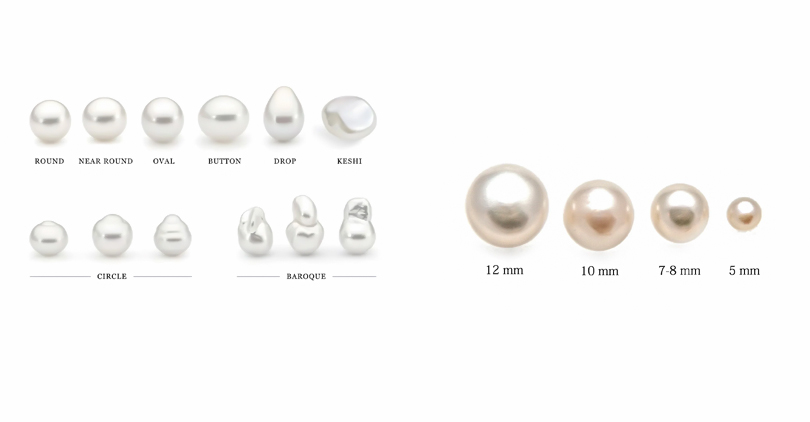
The allure and price of pearls are influenced by their shape and size. Round pearls are rare. They are highly sought after because they are symmetrical and attractive. Additionally, larger pearls command a premium price. They take more time to develop and are therefore considered rarer.
Color
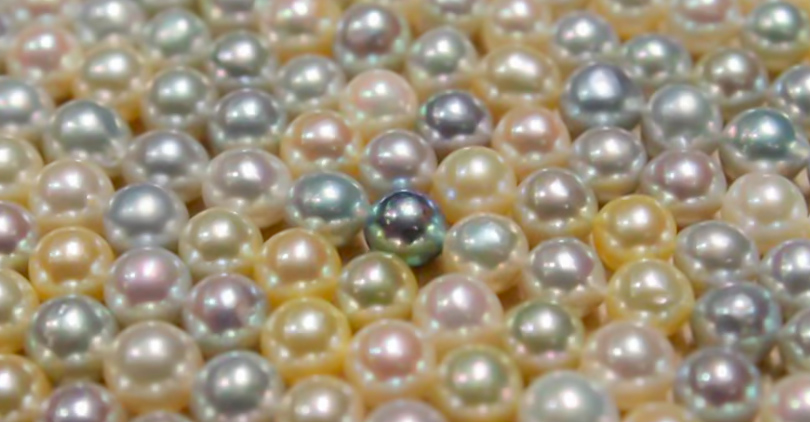
Pearl colors can range greatly, including white, black, gold, pink, and more. Some colors are rarer and more popular at certain times or because they occur less frequently in nature. That is why they can be more expensive.
Matching
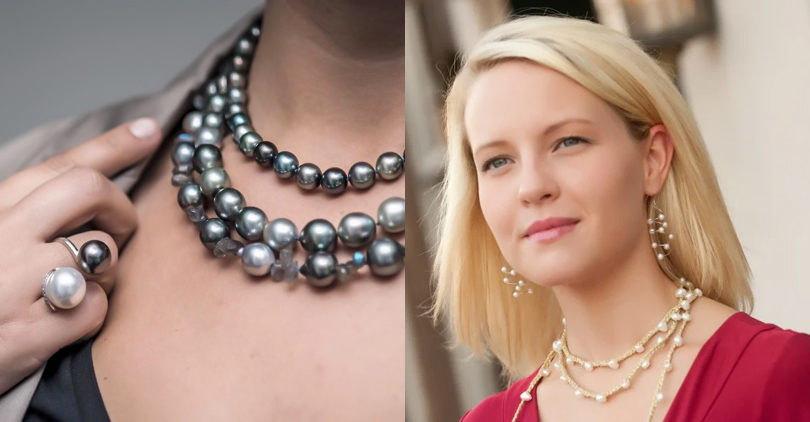
When crafting pearl jewelry, it's not enough to simply gather pearls. They must also be sorted by their luster, color, size, and shape.
This careful practice guarantees that the gemstones are complementary in every way. Pearls that have been well-matched command a higher price because of the effort and skill involved in their assembly.
Cultivation and Harvesting Process
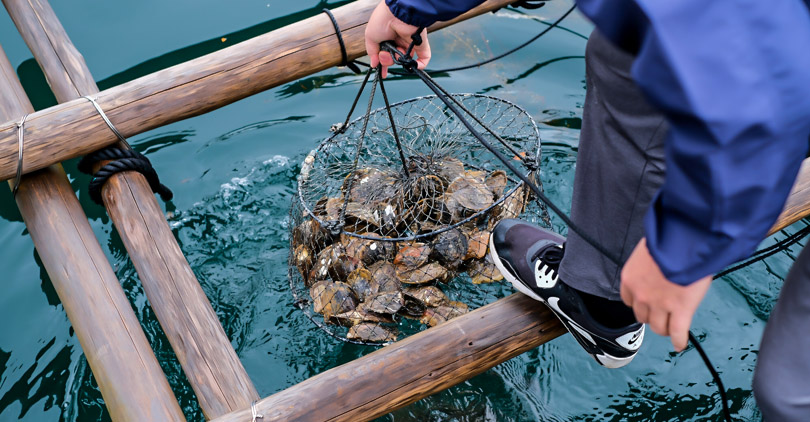
Pearls are more than just gemstones. They represent perseverance and the fragility of our environment. Growing pearls takes effort and know-how because you need specific circumstances for them to form. And a lot of time! Let's explore this in detail:
Pearl Farming

The process of pearl farming starts by carefully choosing oysters. These oysters are then looked after until they are old enough for nucleation. It is the careful procedure of putting a foreign object inside the oyster, causing it to produce nacre, the shiny substance that forms pearls.
Skilled technicians are needed for this job, as incorrect insertion may injure the oyster or lead to pearls of low quality. The oysters are returned to monitored water environments where their development continues.
Farmers need to keep checking these environments to ensure everything is going well. There could be problems like diseases, predators wanting to eat them, or even how climate change might affect things. All of these can impact the whole farming process.
Time Investment

On average, it takes between a few months and several years for pearls to form. The specific cultivation method used plays a role in the exact timeline.
Akoya pearls, for example, might take anywhere from six months to 1.5 years. South Sea varieties could take many years.
That's because it takes oysters that long to deposit enough layers of nacre around an irritant. This creates a gem pearl worth harvesting. Sometimes, it takes up to 20 layers deep.
In pearl farming, time really is money. The longer you have to wait for something, the more valuable it tends to be!
Environmental Factors
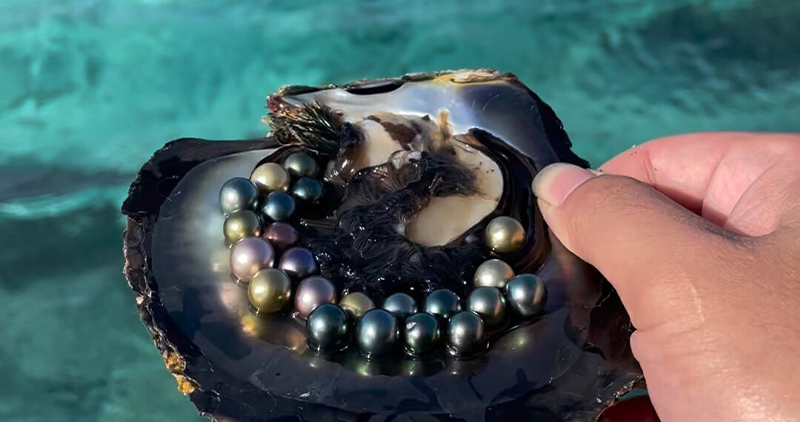
When it comes to the health of oysters and the quality of the pearls they produce, water quality and environmental factors are key. Water temperature, salinity, and cleanliness can all affect nacre production.
And pearl farmers often have no control over them. Unexpected weather or changes in water conditions could mean entire harvests are lost.
Market Demand and Trends

Pearls have long been held in high esteem in the world of jewelry, representing both class and eternal beauty. Recently, their popularity has kept rising. This is thanks to modern tastes, their status as a wise investment, and cultural importance.
Rising Demand
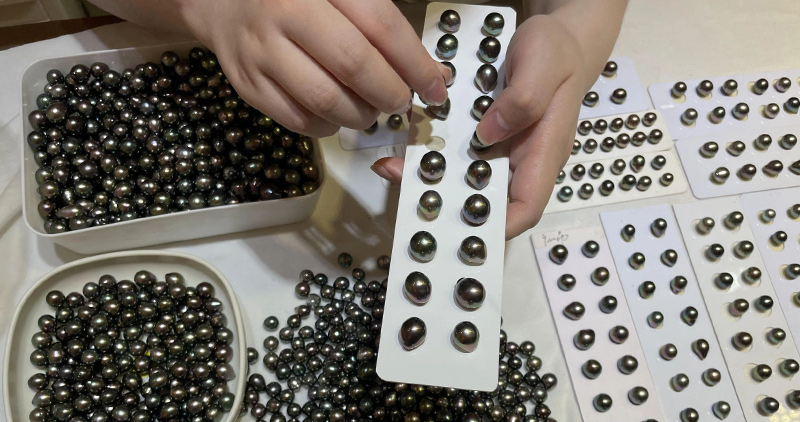
The popularity of pearls is surging again and how. Modern jewelry designers are giving pearls a twist. They are making them cool for younger people – not just older ones who like classic style.
We're seeing pearls on everything from casual clothes to arty fashion statements. They popped up all over the recent catwalk shows. And lots of stars have been wearing edgy pearl jewelry at red-carpet events or showing it off on social media.
This trend has helped make traditional pearl pieces more popular across the board, too. They're now stocked by a wider range of outlets because there's greater demand for them everywhere.
Investment Value

Not only are pearls beautiful, but they also hold their value and can be considered a long-term investment. This is similar to art pieces or fine wines because high-quality pearls may actually increase in worth as time goes on.
This means that buying such pearls doesn't bring happiness just from wearing them. They could also make you wealthier down the line.
Inflation has led some experts in investing or collecting to see pearls as a way to protect their finances. Their value doesn't tend to move much when other prices in the economy go up or down.
Cultural Significance
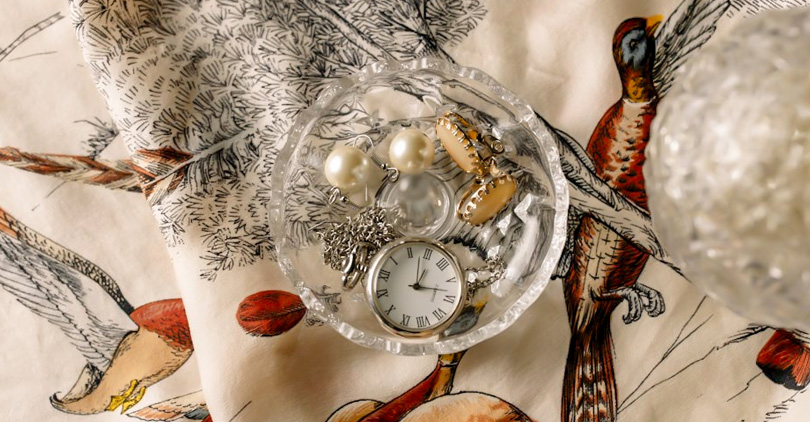
The cultural and historical importance of pearls is strong in many parts of the world. They can symbolize purity, wealth, and good taste. For example, they are often given as presents at weddings or on wedding anniversaries.
This deep-seated significance affects demand patterns, too. It is seen especially in areas where there are age-old links between pearl farming and collecting and local customs or beliefs.
Symbolic meaning gives depth and worth to jewelry items incorporating these gems. This way, they may become family heirlooms handed down over centuries.
Conclusion
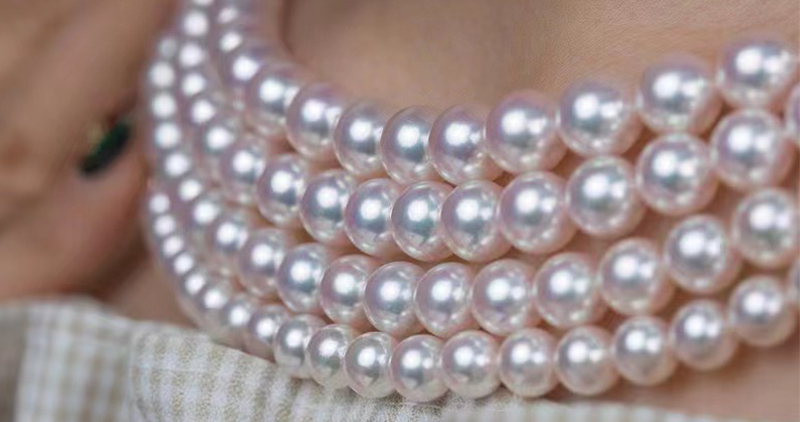
Pearls aren't simply jewelry. They're valuable treasures with an eternal charm and good investment potential. You may adore their shiny elegance. Or, you may appreciate their cultural importance. There's something special about pearls for everyone.
Why not discover the wide variety of pearl jewelry options out there? Alternatively, buying pearls could add sophistication and worth to your investment portfolio. After all, these shimmering beauties never go out of style.


1 Comment(s)
Love this information, I couldn’t neve know so about this beautiful jewelry. Thank you!!
Leave a Comment